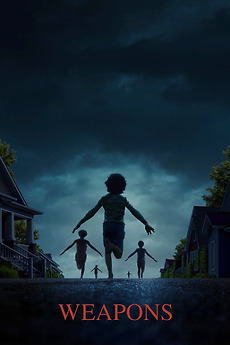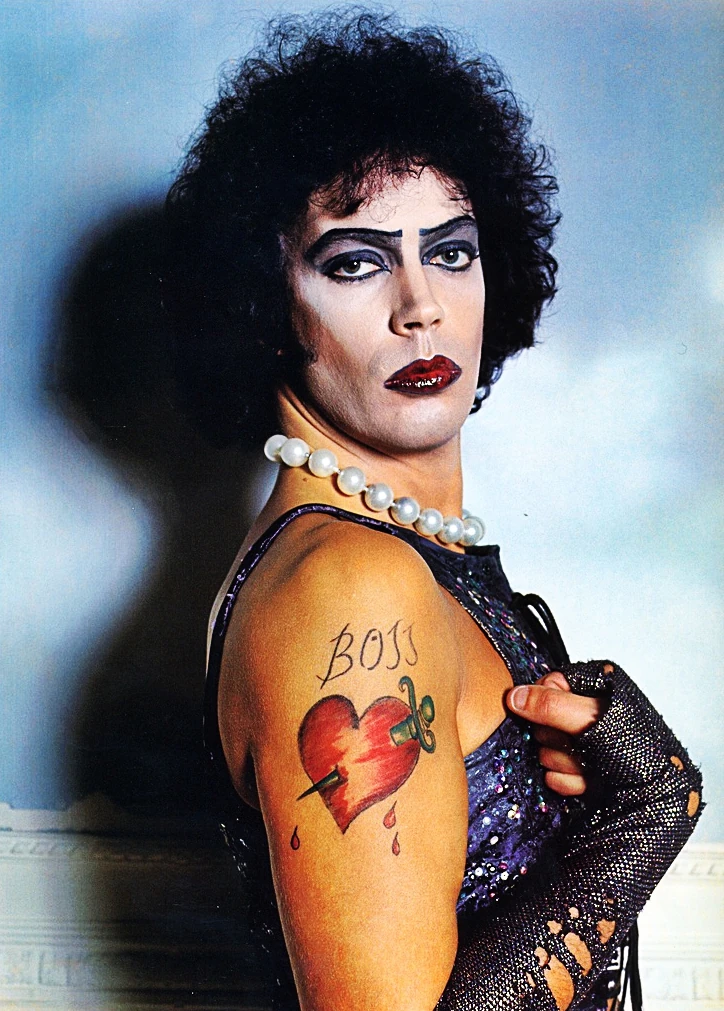Sometimes music is the best kind of therapy. So often we seek out artists we feel personally connected to, craving music from individuals who reflect parts of ourselves. There is an acute sense of belonging and understanding that emerges from lyricism paralleling our own lives. However, for the LGBTQIA+ community, the search for relatable music has been a bit more difficult.
It is not a generalization to say queer pop hasn’t always been mainstream. While exceptions to this do exist, like “We Fell in Love in October” by Girl in Red or “Sofia” by Clairo, these hits are few and far between. It isn’t often we see songs centered around the queer experience climbing the charts. This is why Chappell Roan’s success is so remarkable, a lesbian pop singer rapidly rising to fame with sleeper hit album, The Rise and Fall of A Midwest Princess.
While the world has watched Chappell Roan’s recent skyrocket to stardom, the name Kayleigh Rose Amstutz is still generally unknown. Chappell Roan isn’t so much a human being as she is a concept; a brash, unapologetic persona that Kayleigh Rose Amstutz assumes the moment she slips into one of her elaborate, drag-inspired costumes. Growing up closeted in a small, conservative town prevented Roan from writing music that was an honest reflection of her queer identity. Chappell Roan’s debut songs, produced through her first label, Atlantic Records, were all somber melodies surrounding her relationship with a man. Over time, Roan began expressing her distaste for the music she was told to produce, ignoring Antlantic’s discouragement of releasing “Pink Pony Club,” which explores the feelings of liberation and freedom in a queer environment. Roan was promptly dropped by her label after the song’s release, due to its lack of imminent success. No one realized the potential of her then career-ending song: four years later “Pink Pony Club” is considered on of her greatest hits on The Rise and Fall of a Midwest Princess, her first full album, with over 100 million streams on Spotify alone.
Only then, working small jobs to save up for her reintroduction into the music scene, was Chappel Roan able to fully embrace her identity as a queer woman. The melancholy pop of her debut was traded out for a fresh, authentic voice. She ditched the long, draping dresses in favor of sequins and sparkles. “Naked in Manhattan,” her first release after “Pink Pony Club” was self-produced and filmed by friends in an almost entirely thrifted wardrobe. The small fanbase she had accumulated grew steadily as she continued to release“Naked in Manhattan,” attracting a larger LGBTQIA+ fanbase.
“When I first heard ‘Naked in Manhattan’ I initially thought okay, I like this, I like the beat and everything” said Kate Loughery, a senior at Monte Vista who discovered Chappell Roan in January, shortly before her meteoric rise to fame.
“I remember when she sang the part ‘Mean Girls we watch it every night and we both have a crush on Regina George’ I was like ‘what? Oh my god, that is so real!’ This was during the period when I was coming out to myself, so hearing that in music was just really amazing.”
While the music video for “Naked in Manhattan” was a drastic switch thematically for Roan, it was missing more than her signature red curls. This was only the beginning of a new era: one befitted with extravagant costumery, elaborate concepts, and iconic performances. After the release of “Naked in Manhattan” Roan began further leaning into her identity as a lesbian pop artist, not shying away from being glittery, over-the-top, or campy, but instead pulling these extremes into her artistic vision. She started experimenting with white face paint and heavy, exaggerated drag makeup. Her music, as made particularly evident in the track list of The Rise and Fall of a Midwest Princess, metamorphosed into the unapologetically queer pop hits dominating our radios today.
And through all this, the star Chappell Roan was born.
Almost every song on The Rise and Fall of a Midwest Princess unmistakably explores themes of desire, romance, and heartbreak from a distinctly queer lens. The LGBTQIA+ experience is often a niche subject within mainstream pop music, but Roan is redefining the possibilities for queer artists with hits like “Good Luck Babe,” “Pink Pony Club,” “Hot to Go,” and “Casual” all climbing the Billboard Hot 100.
“She’s so open and out about it. There are a lot of popular queer people in the music industry but they don’t really talk about it, that’s why I think it’s so important to see everyone accepting Chappell Roan as an artist,” said Kate Loughery.
“It’s really nice having that uniting person who can make queer people feel represented in the mainstream.”
It is a sure truth: Chappell Roan incorporates her sexuality into her performances and the music she produces. She is a queer icon, beloved by a largely LGBTQIA+ fanbase, with songs centered around her attraction for women. Despite her queer focus, her appeal is not limited to the brazen expression of her sexuality, as made clear through her extreme mainstream success. Disregarding her bold self-presentation and character, to the unfamiliar ear Chappell Roan is simply another voice on the radio. However, listeners that only know a few of Roan’s major hits, like “Good Luck, Babe” and “Pink Pony Club,” can attest to how genuinely good her music is: the authenticity of her voice, her vocal prowess, and her ability to craft infectious melodies are universally appreciated.
“I didn’t even realize the lyrics of ‘Good Luck, Babe’ were about a queer relationship until my friend pointed it out” said junior Saanya Narayama. “I just heard it on the radio and really loved the song.”
While Roan is only one of the numerous queer artists breaking through into the mainstream –Renee Rapp, Clairo, Girl in Red, and Baby Queen to name a few– her path to success has arguably been the most dramatic. Videos of Roan’s performance at Lollapalooza went viral and were circulated on social media platforms; despite not being a headliner her performance gathered the “biggest daytime set we’ve ever seen” according to a spokesperson for CNN. Photos of Roan performing dressed as Lady Liberty took the internet by storm after she publicly denied the White House’s request to have her perform for Pride, due to her reservations about the “liberty, freedom, and justice” of the US Government. The Rise and Fall of a Midwest Princess has reached millions of weekly streams. Her VMA’s performance, as well as her win of a VMA for Best New Artist, acts as further proof of the enormity of her success.
One thing is for certain: the Midwest Princess has officially found her way into the mainstream, and it doesn’t seem like she’ll be leaving anytime soon.








